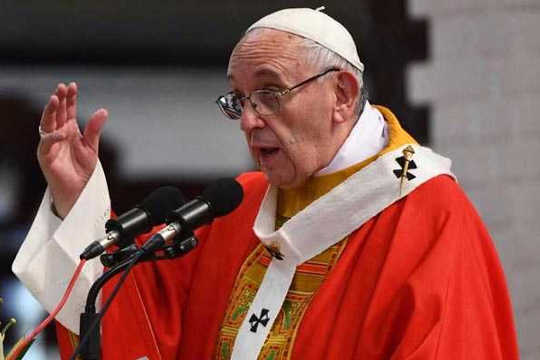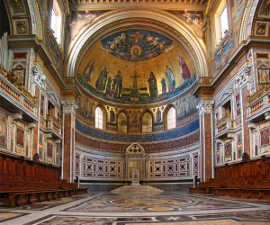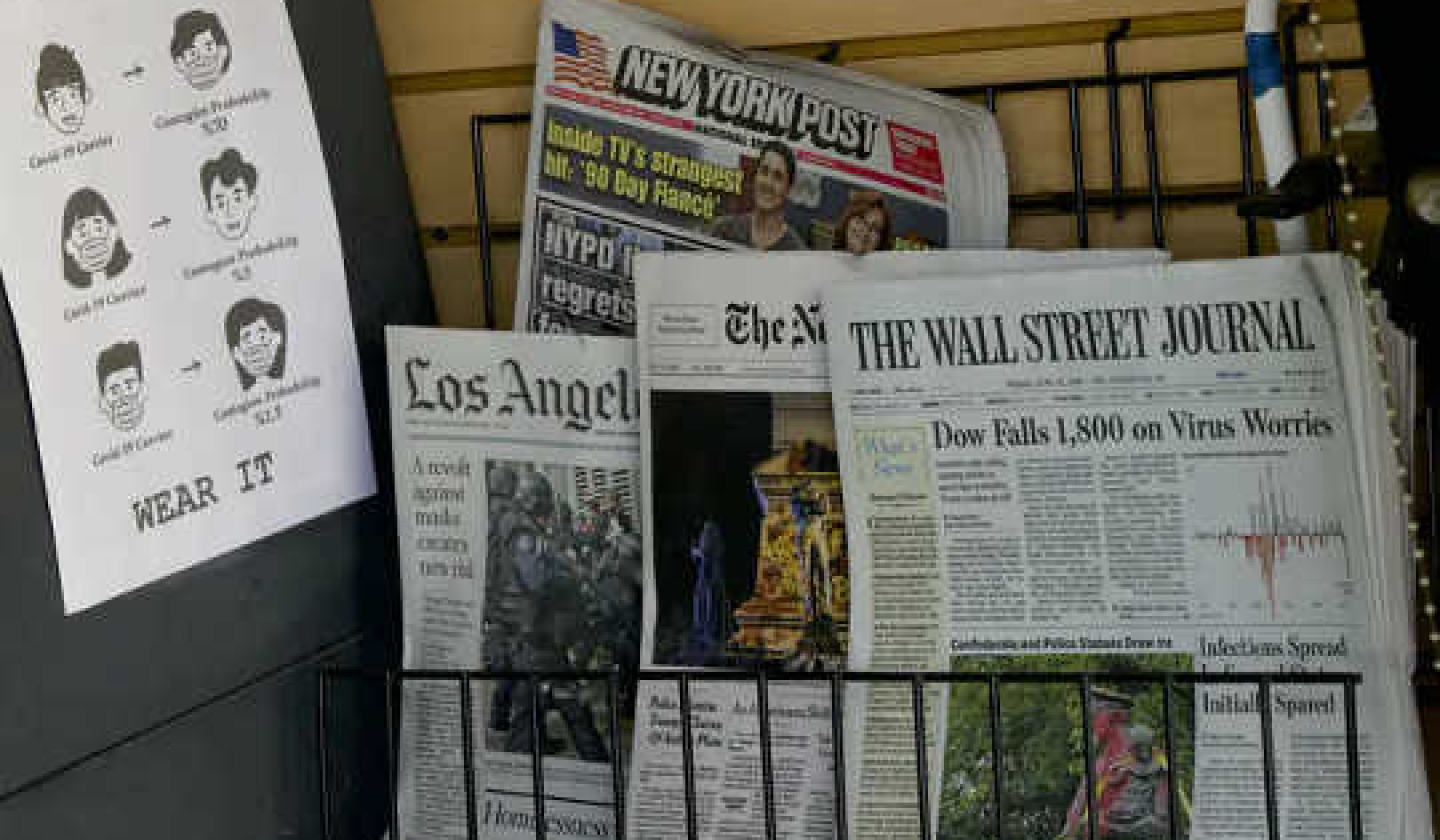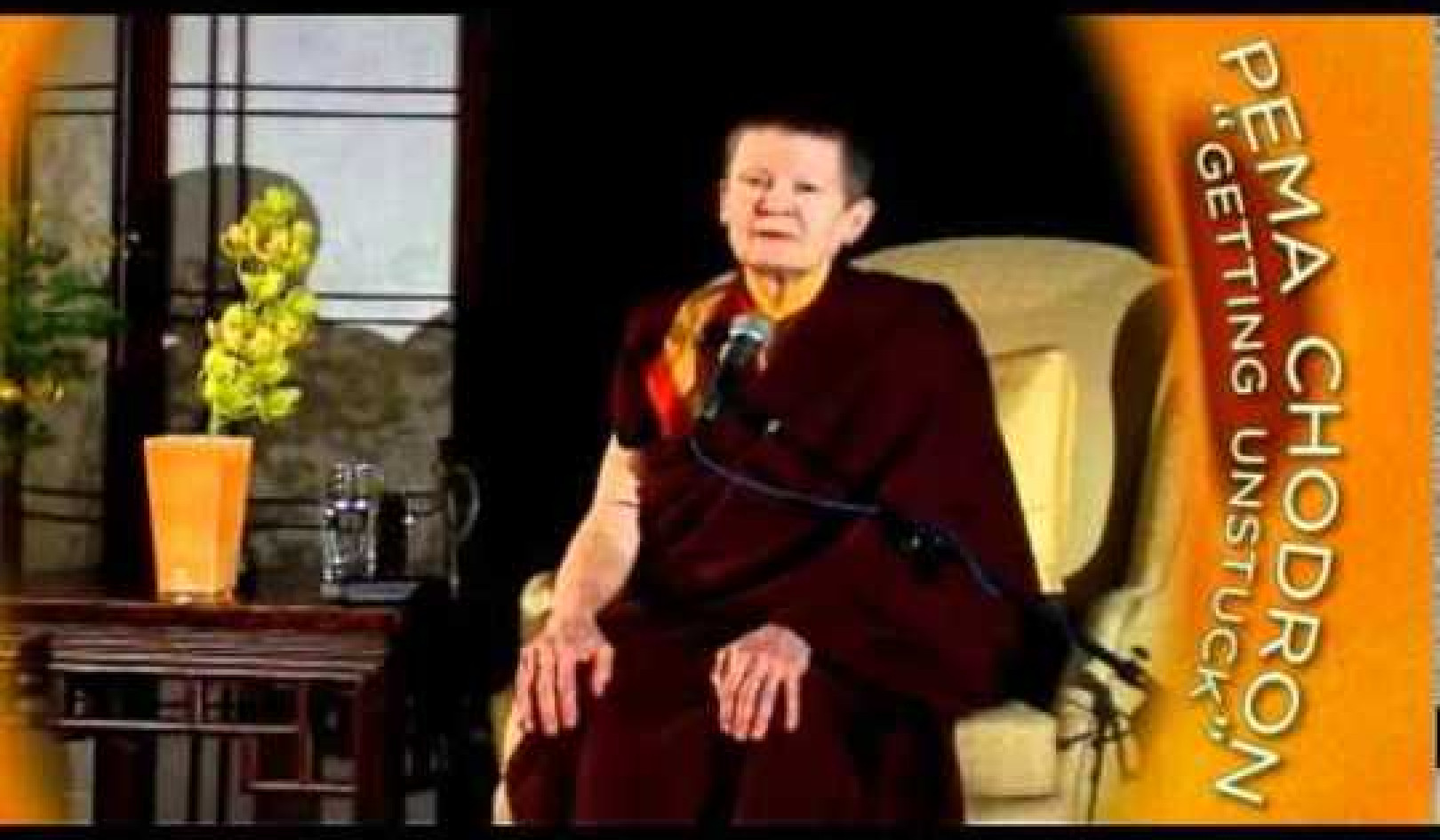
Pope Francis faced a testing year in 2018, which culminated in a spate of resignations that challenged his authority as the head of the Catholic Church. This begs the question: how much authority do popes actually have?
In a time of 24-hour news and social media, it’s a problem for popes that every word they utter may easily be shared as an infallible pronouncement which Catholics must adhere to, when they are clearly not.
Although there is still a wide debate among scholars about papal infallibility and Catholics don’t always agree what it means, the basic concept is that popes cannot err when speaking on behalf of the Catholic Church.
The idea that the pope in Rome had some special, overriding authority derived from the Bible, in particular Matthew 16:18-19. This passage describes the powers of binding and loosing – or forbidding and permitting – that Jesus gave to St Peter, later Rome’s first bishop, and which early Christians believed were also given to his successors. Rome had spiritual claims to authority because St Peter and St Paul were martyred there, and political power as the seat of the western Roman Empire.
Early Christians did not focus on the question of papal infallibility. They believed that even bishops were always right in their judgements – until one bishop, Paul of Samosata, was condemned at the Council of Antioch in AD 264. Yet, early texts, such as the fourth-century On the Deaths of the Persecutors by the writer Lactantius, emphasised the idea of the Church’s indefectibility – that it and its teachings will always survive.
During the medieval period, popes wielded great power in the spiritual sphere as supreme religious leaders in the West, and also political power through the papal states. While the popes in this period were not considered to be infallible, embryonic versions of this idea can be found in the correspondence of popes such as Gregory VII (1073-85), Innocent III (1198-1216) and Boniface VIII (1294-1303) who claimed an extremely exalted position for the papacy.
No going back
The concept of papal infallibility arose in the 13th century due to increasing Franciscan influence at the papal court in Rome. Franciscans such as Peter Olivi and William of Ockham, concerned that future popes might deprive the Franciscans of their rights, argued that papal statements were infallible – in other words, irreformable. By this they meant that a pope could not go back on the utterances of his predecessors, and so papal infallibility bound the pope to his predecessors’ statements.
The idea also arose out of the papal canonisation of saints. As cults around popular saints grew, the papacy began to decide which saints ought to be officially canonised. As Franciscan and Dominican friars pushed for the canonisation of “their” saints, 13th-century theologians such as Bonaventure and Thomas Aquinas claimed that popes could not err in their decisions.
Later, in the 14th and 15th centuries, the Conciliar Movement canvassed the idea that the Church should not be ruled by a sovereign pope, but rather that its supreme authority resided in its councils. Conciliarists believed the pope could err, but a corporation of Christians, embodied by a general church council, could not. By contrast, anti-Conciliarists such as Guido Terreni promoted the idea of papal infallibility to increase the pope’s sovereign power, albeit only on certain issues of faith and morals.
At the time of the Reformation, Catholics looked to the pope as a symbol of the old faith in countries which had become Protestant. Yet there was nothing about papal infallibility at the Council of Trent in 1545-63, which aimed to clarify the church’s doctrines and teachings. The 17th century saw a scientific revolution, often treated with scepticism by a defensive counter-Reformation papacy, which feared that scientific ideas would lead its followers astray. The 18th century saw the papacy battling Gallicanism – the idea that monarchs were on an authoritative par with the pope.
From the papal throne
In the 19th century, the idea of papal infallibility came to a head. In 1854, Pius IX decreed the doctrine of the Immaculate Conception to be infallible in his bull, Ineffabilis Deus. The First Vatican Council in 1869-70, in its Pastor Aeternus decree, declared that the pope was infallible when he spoke “ex Cathedra” – or from the papal throne – on matters of faith and morals.
So while the role of a medieval pope was as a teacher and supreme judge, and ultimately as a figure of unity, in later centuries, he was seen as an oracle of God and became almost a cult figure.
 The papal chair or ‘cathedra’ in the Basilica of St. John Lateran in the Vatican. Tango7174 via Wikimedia Commons, CC BY-SA
The papal chair or ‘cathedra’ in the Basilica of St. John Lateran in the Vatican. Tango7174 via Wikimedia Commons, CC BY-SA
Since then, the only infallible “ex Cathedra” statement which a pope has ever made came in 1950, when in his Munificentissimus Deus papal bull, Pius XII defined the doctrine of the assumption of Mary.
A few years later, in his 1964 encyclical Lumen gentium, Paul VI defined papal infallibility more clearly as when a pope speaks either “ex Cathedra” or in an ecumenical council – on a matter of faith and morals.
In a further twist, in the early 21st century, Benedict XVI, clearly differentiated between the solemn – but not infallible – pronouncements he made as pope and the books he wrote in a personal capacity on the life of Jesus of Nazareth.
All this means that for Catholics, almost all public pronouncements by popes, for example against artificial means of contraception, are not infallible. Nevertheless, they should be taken seriously by Catholics who believe that the pope is St Peter’s successor.
Critics of Pope Francis, who believe that he has contradicted many of the teachings of his predecessors, might argue that, following the principles of the 13th century Franciscans Olivi and Ockham, he should be deposed. His supporters, however, might reply that the motives of his critics are political rather than religious.![]()
About The Author
Rebecca Rist, Associate Professor of Religious History, University of Reading
This article is republished from The Conversation under a Creative Commons license. Read the original article.
Related Books
at InnerSelf Market and Amazon


























